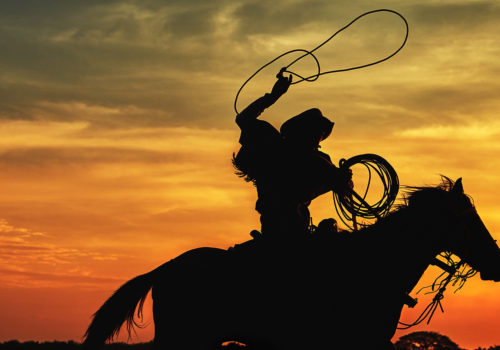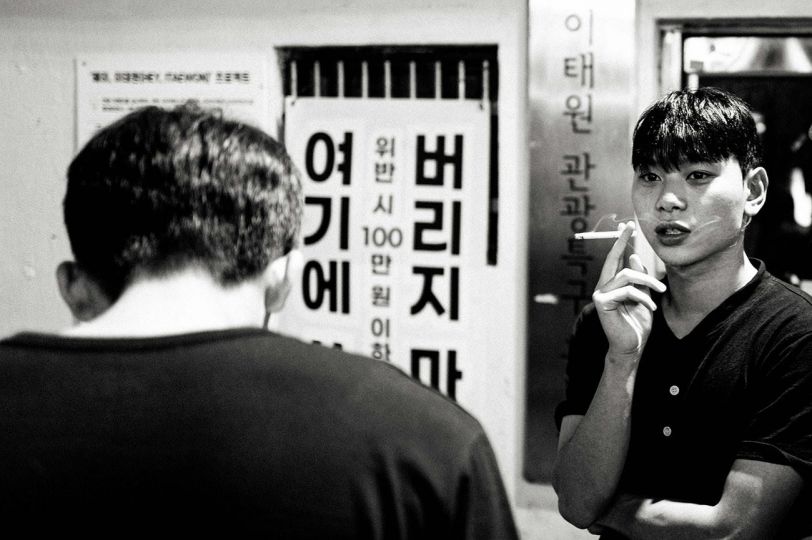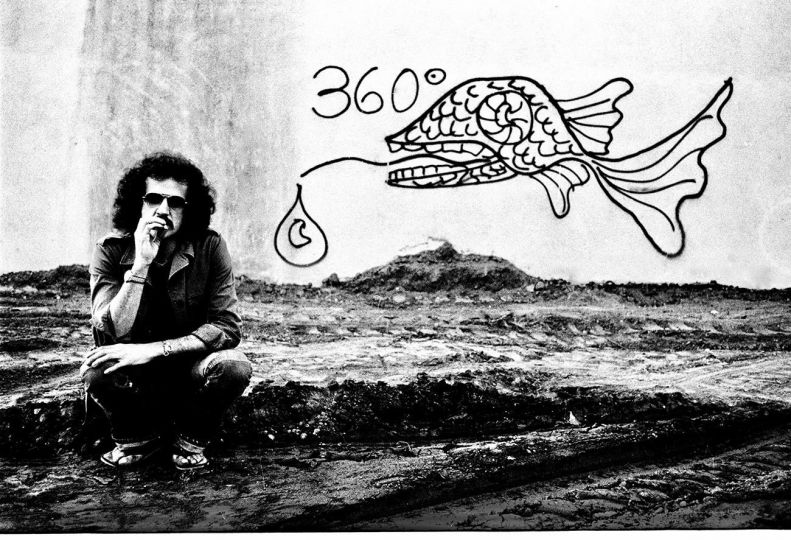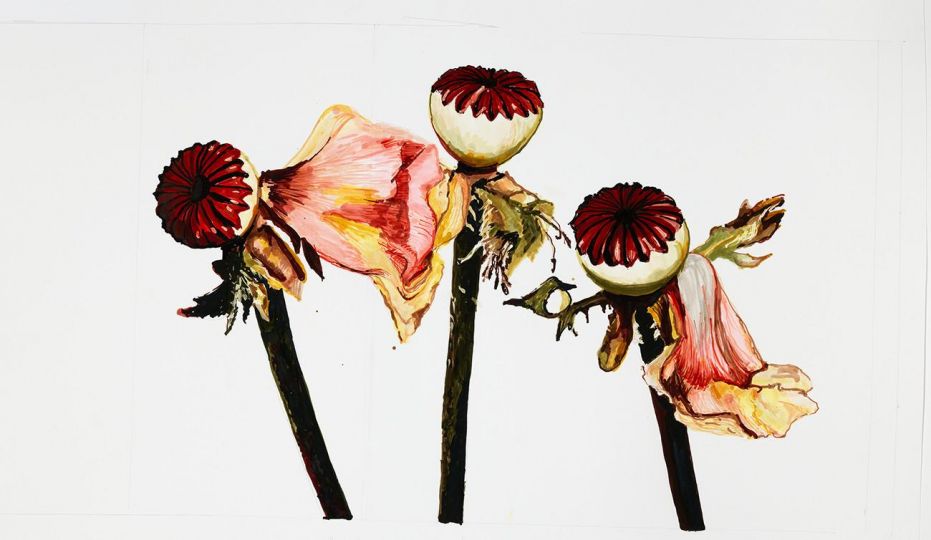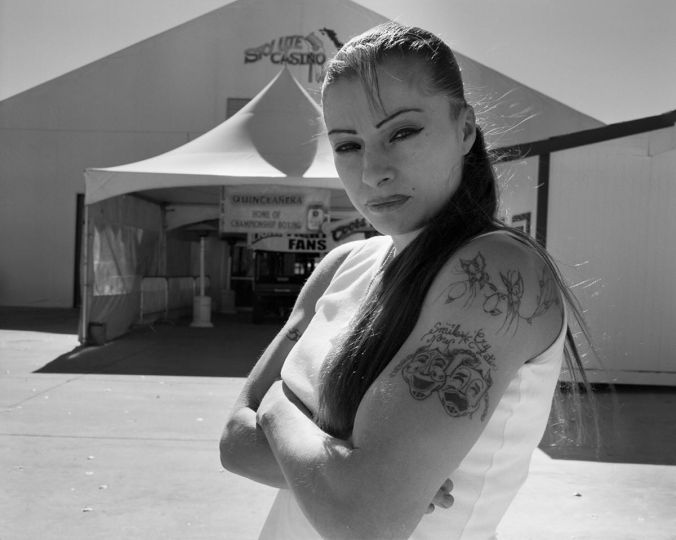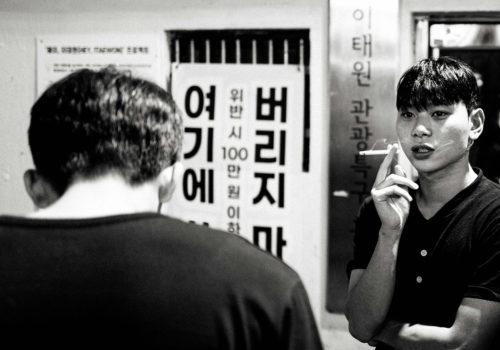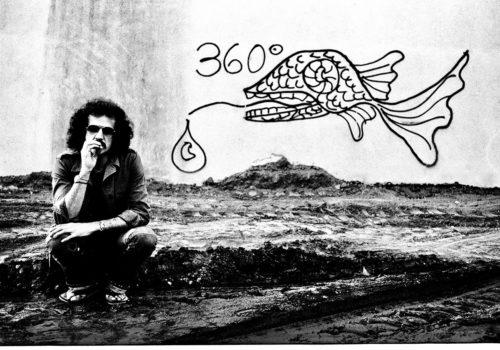Hamiltons Gallery presents the exhibition ‘South Americana’ featuring newly produced work by Mario Testino. The exhibition highlights images from Testino’s ongoing project ‘A Beautiful World’ which explores cultural traditions and symbols of peoples around the globe.
An Essay about ‘South Americana’
by specialist, curator and writer Matthieu Humery,
translated into English by Valérie C. Whitacre, Sales Director at Hamiltons Gallery.
From what impetus do photographic images emerge and what do they reflect? Are they honest, or are they clever manipulations? Are they art or are they commerce? More generally, what purpose do they fulfil? What essential function do they serve?
In relation to the work of Mario Testino, these questions, until now, have largely resulted in unambiguous claims that his production is purely for the purpose of trade. But that was before; before Testino took a turn away from a profession made up of many suitors all seeking covers for major magazines and global advertising campaigns.
Equally, Testino had to ask himself a deeper question – one which would be life-saving and troublingly honest: what more could he photograph after being the mirror of the flamboyant 1990’s? Where could he go when, in the wake of Helmut Newton and with the help of Carine Roitfeld [the former editor of Vogue Paris], fashion and art had perfected the art of transgression from “porn chic” to its veritable limit? It seems that in his field, Testino had no more to prove. It’s like he’s been at the end of a road and after photographing the Rolling Stones, Madonna or Lady Di it had become difficult to continue with the roughly equivalent celebrities like reality TV stars or influencers of today. A page had to be turned, and time had to be taken to process the past and provide necessary hindsight to see what was ultimately to be retained.
This shift acted as a renewal, a return to his origins. He retained an appetite for ‘image making’ with a kind of ever-present vitality, but this energy is now dedicated to restoring what concerns him the most: his roots and his South American culture. He chose to return to his native country much like the poet Aimé Césaire did in Martinique in the 1930’s, to question his Peruvian identity (he was born in Lima to an Italian father and an Irish mother), an identity for which he yearns as much as he observes. Testino testifies to the richness and sophistication of this culture through images drawn from Andean cultural background with its vaqueros, its colourful clothes like the chullos that are worn so proudly, the mountain peoples and their extraordinary rituals, the tropical flora of the seaside or that which covers the high-altitude plateaus which are dominated by a wide variety of cacti, both pop and meditative encyclopaedic elements that make up for him an aesthetic ethnological catalogue.
It’s essential to have a rearview mirror in place on Testino’s career through the ’90s to better appreciate the almost naïve freshness of his latest work which layers a great many images as if he recognises that his new ambitions require an endurance and a great burst of energy to be accomplished.
In the process, Testino is building his photographic vision not by adding to the past but by deconstructing and essentialising it. His new work depicts the primal and unadulterated nature of his subjects, making them immediately recognisable. His practice has a purity and a simplicity of which one can speculate that if it were pushed further, it would perhaps go as far as abstraction – a real temptation – as with these cowboys like shadows puppets which evoke ideograms on Hollywood ‘backdrops’ or as with his still lifes of cacti that summon Karl Blossfeld, Georgia O’Keeffe or the conceptual images of the desert by Richard Misrach giving a palette of organic and anthropomorphic shapes on differently coloured backgrounds.
The work reveals itself, as with an Irving Penn, at the same time documentary, aesthetic, poetic and visually very effective, linking his current work with the precision of the fashion photographer that he once was.
Today, after many decades, Testino draws a strong and generous creative arc. He can answer in his own original way the questions posed by photography. Not that he answers these in an absolute way; rather, he invites us both to reflect on the fluidity of the practice which goes with him from a globalized photography to a stripped down and intimate work, and to consider images not only in their singular autonomy but also as part of a history which invites itself with each reading. Thus, his current work takes on a particular meaning when we articulate around it the idea of contrast, counterpoint, coherence. Considering these concepts enriches the perception Testino challenges us to seek from within his images – to look between the past and present – to what can possibly be communicated. And in this way his personal creations – in some ways not far from a diary of experience – remove him from his role as an image maker to one of a contributor to the legacy of representation, extracting rather than merely presupposing beauty.
Matthieu Humery, 2021
Mario Testino : South Americana
November 3, 2021 to January 8, 2022
Hamiltons Gallery, London.
13 Carlos Place
London, W1K 2EU

